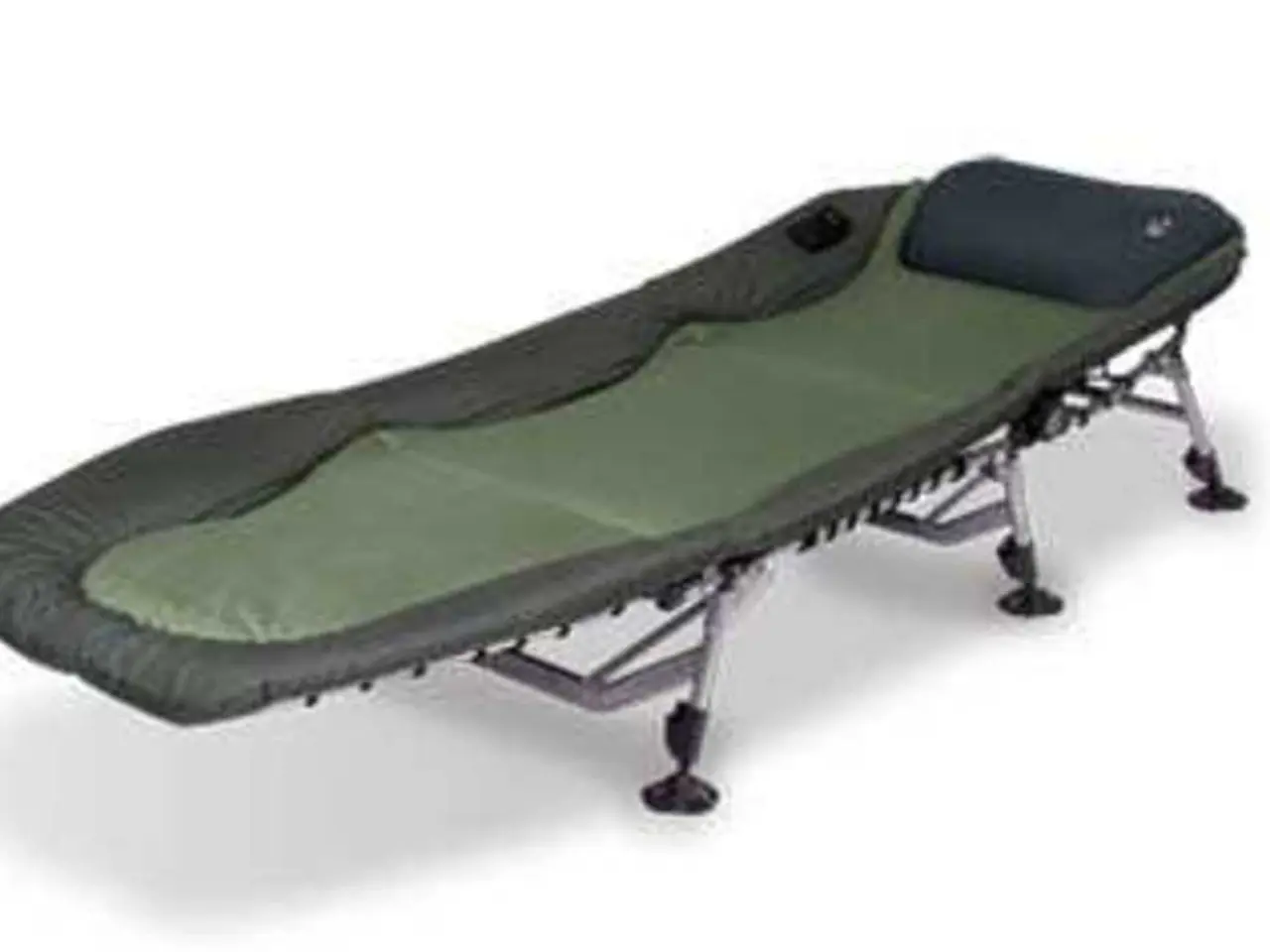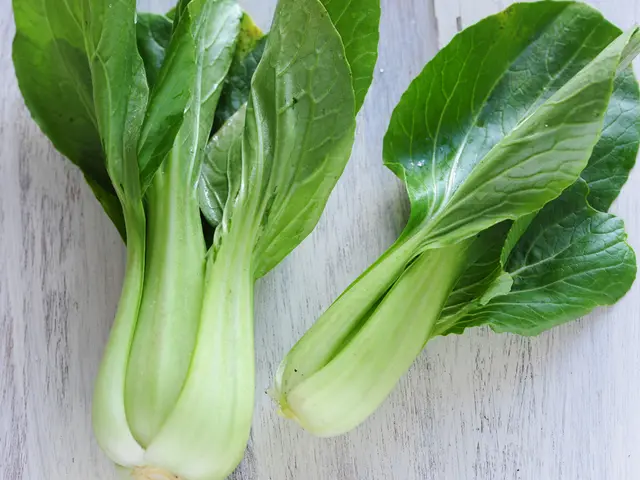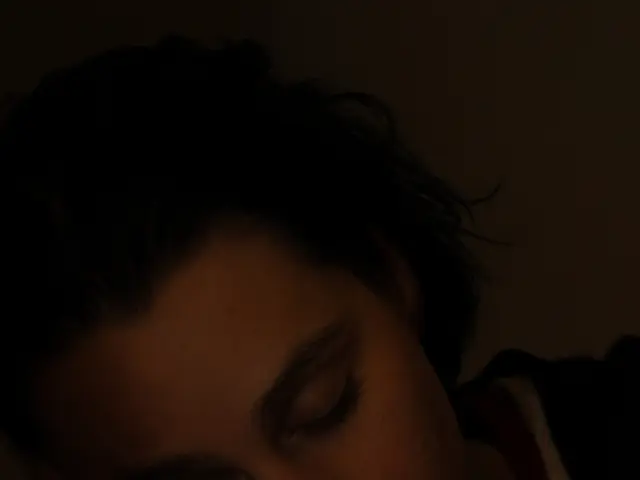Back pain focused on the lower region: Origin, remedies, and precautions
Lower back spasms can be a troublesome and painful experience for many individuals. This article aims to shed light on the common causes, prevention strategies, and treatment options for lower back spasms.
One of the primary causes of lower back spasms is muscle strains or overexertion. Overstretching or tearing muscle fibers due to heavy lifting, sudden movements, or prolonged inactivity can lead to spasms and stiffness in the lower back muscles. Additionally, muscle fatigue, dehydration, and electrolyte imbalances can trigger involuntary, painful contractions known as muscle spasms.
Spinal injuries, such as fractures, herniated discs, or other injuries, can put pressure on spinal nerves and cause sharp pain and spasms. Other risk factors that increase susceptibility to lower back spasms include weak abdominal or back muscles, tight hamstrings, excessive curvature of the lower back, obesity, and participation in high-impact sports involving pushing or pulling.
Prevention strategies focus on reducing these risk factors and maintaining spine and muscle health. Maintaining a healthy weight through a balanced diet and regular exercise can help reduce strain on the back. Strengthening core muscles, especially abdominal muscles, can better support and stabilize the spine. Practicing regular stretching can maintain muscle flexibility and prevent tension and spasms.
Proper lifting techniques and avoiding lifting weights beyond your capacity are essential to prevent lower back spasms. Maintaining good posture throughout daily activities can keep the spine aligned, while optimising sleep posture and bedding can provide additional support. Staying hydrated and addressing electrolyte balance can also reduce the risk of muscle spasms.
In cases where spasms do occur, initial mild spasms may benefit from rest, anti-inflammatory medications, and increased blood flow through gentle movement or physical therapy. More severe spasms may require medical interventions such as muscle relaxants, steroid injections, or specialized therapy.
By following these preventive measures and addressing underlying factors, the likelihood of lower back spasms can be significantly reduced. It's important to remember that a healthy lifestyle, including regular exercise, a balanced diet, and good posture, can go a long way in preventing these painful episodes.
References:
[1] Mayo Clinic. (2021). Lower back pain. https://www.mayoclinic.org/diseases-conditions/lower-back-pain/symptoms-causes/syc-20361845
[2] NHS. (2021). Lower back pain. https://www.nhs.uk/conditions/lower-back-pain/
[3] Spine Health. (2021). Lower back pain prevention. https://www.spine-health.com/wellness/lower-back-pain-prevention
[4] WebMD. (2021). Lower back pain causes and treatments. https://www.webmd.com/back-pain/back-pain-causes-and-treatments
[5] Cleveland Clinic. (2021). Lower back pain: Causes, symptoms, and treatment. https://my.clevelandclinic.org/health/diseases/16732-lower-back-pain
- In addition to muscle strains, other medical-conditions like ulcerative colitis and psoriatic arthritis can also cause lower back spasms.
- Diabetes, obesity, and HIV are chronic diseases that increase the risk of developing lower back spasms due to reduced muscle strength and nerve damage.
- Atopic dermatitis, eczema, and dermatitis are skin conditions that can cause chronic inflammation, leading to muscle pain and spasms in the lower back.
- Bipolar disorder, mental-health issues, and neurological-disorders can also trigger lower back spasms due to musculoskeletal and neurogenic complaints.
- Scientific studies suggest a predictive relationship between ankylosing spondylitis and lower back spasms, as this inflammatory arthritis primarily affects the spine.
- Hepatitis, a liver disease, can indirectly contribute to lower back spasms by causing fatigue and reducing overall muscle strength.
- CBD, a natural compound, is being researched for its potential in treating muscle pain and spasms, including those related to lower back problems.
- Fitness-and-exercise, in combination with a healthy diet and good nutrition, can improve overall muscle health, reducing the risk of lower back spasms.
- Science continues to explore new treatments and preventive measures for chronic diseases and health-and-wellness concerns, including lower back spasms.
- Arthritis, such as osteoarthritis, can cause stiffness and pain in the lower back, leading to spasms and discomfort.
- Spinal stenosis, a condition characterized by the narrowing of the spinal canal, can put pressure on nerves and cause lower back spasms and sciatica.
- Addressing all potential risk factors and underlying medical conditions is essential for preventing and effectively treating lower back spasms.
- A holistic approach, combining personal lifestyle choices, fitness-and-exercise, nutrition, and medical interventions when necessary, can lead to better management of lower back spasms and overall health.







